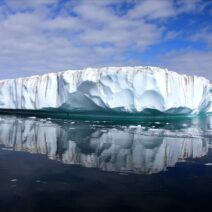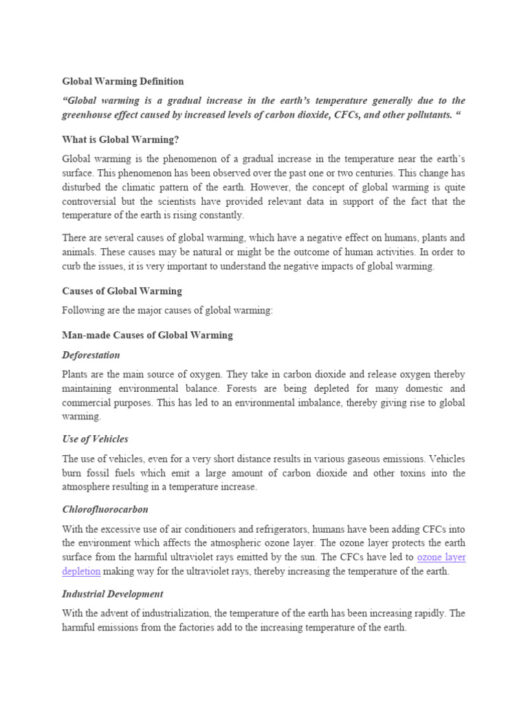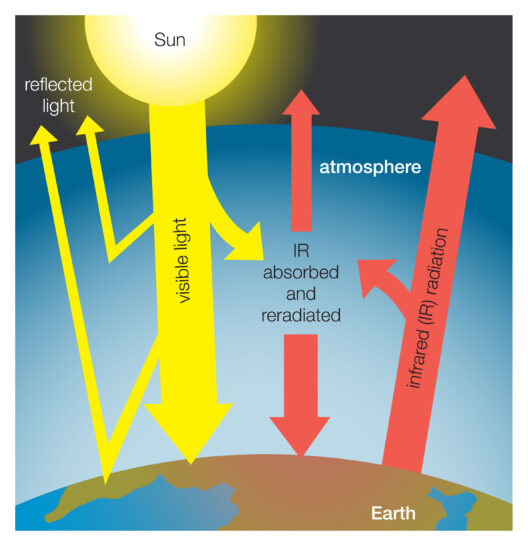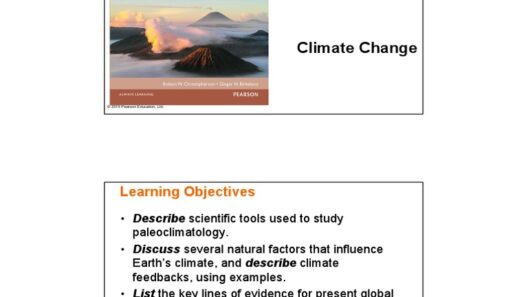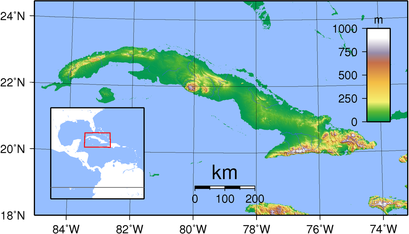Climate change has emerged as one of the most formidable challenges of our time, impacting every facet of life on Earth. From the way we grow our food to the air we breathe, the repercussions of a warming planet extend far beyond mere environmental concerns. But how does this pervasive shift affect the world around us? Let’s embark on an exploration of the intricate tapestry woven by climate change, revealing both its immediate and long-lasting impacts on our global society.
Have you ever wondered how the rising temperatures alter the very fabric of our ecosystems? As the climate shifts, so too do the habitats that countless species depend on for survival. The struggle for existence is not a fictional tale; it is a reality faced by many organisms as they adapt—or fail to do so.
In this discussion, we’ll delve into several critical areas: biodiversity, food systems, economic impacts, and social dynamics. Each of these aspects interconnects, painting a comprehensive picture of the challenges we must confront in the age of climate change.
Beyond simply rising temperatures, climate change presents ecological conundrums that reverberate through biodiversity and ecosystems.
The Fragile Balance of Ecosystems
Every ecosystem on our planet relies on a delicate balance between species, climate, and geography. As temperatures rise, patterns of precipitation shift, and species face unprecedented challenges. Coral reefs, often touted as the “rainforests of the sea,” are experiencing widespread bleaching due to warmer waters. This phenomenon destabilizes underwater habitats, threatening marine life and the communities that rely on these ecosystems for livelihood and sustenance.
Similarly, terrestrial ecosystems are not immune. As plants bloom earlier or later due to fluctuating temperatures, the synchrony between pollinators and flowering plants is disrupted. This mismatch can jeopardize food sources for species up the food chain, leading to ecological collapse. In a world where each organism plays a pivotal role, the cascading effects of climate change on biodiversity could be catastrophic.
Can we afford to lose the intricate web of life that sustains us? As we contemplate this question, the answers may determine our future.
The Food Web: Harvesting a Changed Landscape
Our global food systems are intricately linked to climate conditions, and as these conditions change, so too does our ability to produce food sustainably. Agricultural practices that once thrived in specific climates are becoming increasingly perilous due to shifting weather patterns and the threat of extreme events, such as droughts and floods.
Consider the heartland of agriculture—the Midwest of the United States, for instance. Farmers have traditionally relied on predictable seasonal cycles to plant and harvest crops. Yet, as climate change pushes the boundaries of this predictability, crop yields are declining, impacting not just local economies but global food security. Food prices fluctuate wildly as supply chains become strained, leading to increased hunger and malnutrition, particularly in vulnerable populations.
Hydroponics and vertical farming may offer glimmers of hope, but the challenge remains staggering. Can innovative solutions keep pace with an ever-evolving climate? This question is critical as we ponder the future of food production under the looming specter of climate change.
Economic Ramifications: More Than Just Numbers
The economy is often perceived through the lens of statistics and bottom lines, yet the impacts of climate change transcend mere financial metrics. Natural disasters, driven by climate change—hurricanes, wildfires, and floods—ripple through economies, causing destruction that cannot be quantified solely in dollars.
Insurance industries, once deemed the backbone of financial resilience, are grappling with escalating claim rates, which may lead to increased premiums. Small businesses, especially those in particularly affected sectors like agriculture, fisheries, and tourism, face existential threats as their operational environments deteriorate.
The intersection of climate and economy reveals a startling reality: failure to address climate change could cost the global economy trillions of dollars by the year 2050. This indelible connection underscores the urgency for collective action across various sectors.
As policymakers deliberate on strategies to mitigate economic impacts, it begs the question: how will societies transform in response to these pressing economic challenges?
Social Dynamics: The Human Dimension
Climate change is not solely an environmental issue; it is inherently a social one. The most marginalized communities often bear the brunt of its impacts, facing heightened risks from natural disasters and resource scarcity. Migration patterns are shifting as people flee climate-affected areas, leading to social tensions and displacement crises in neighboring regions.
Furthermore, access to clean water and essential resources is becoming a contentious issue. As droughts become more frequent, nations will need to find equitable solutions to share diminishing resources. Inequities in resource distribution will intensify, thereby exacerbating social strife. The challenge posed by climate change becomes not only one of environmental stewardship but of ensuring social cohesion and stability.
In this context, the question emerges: how do we forge pathways toward resilience that prioritize equity amidst the chaos of climate upheaval? The answers may necessitate imagination, empathy, and collective will.
As we navigate this multifaceted dilemma, the need for comprehensive and innovative solutions has never been more critical. The impact of climate change transcends borders, pressing us to unite through collaborative efforts and visionary policies. Does the clock tick too fast for us to respond, or can we rise to meet the daunting challenge? The future of our world depends on our collective resolve to take informed action.


